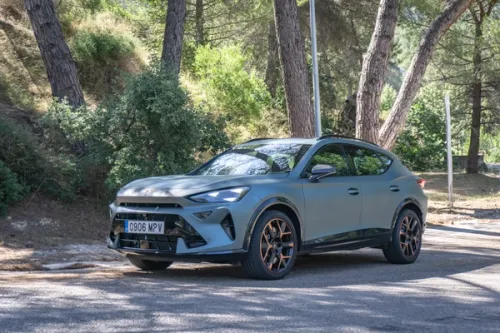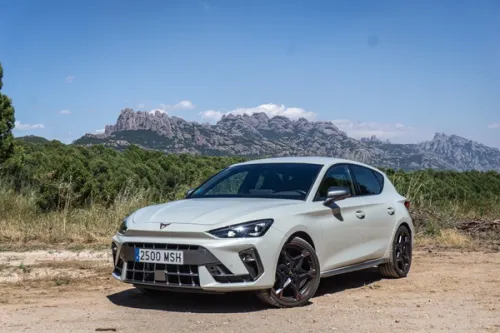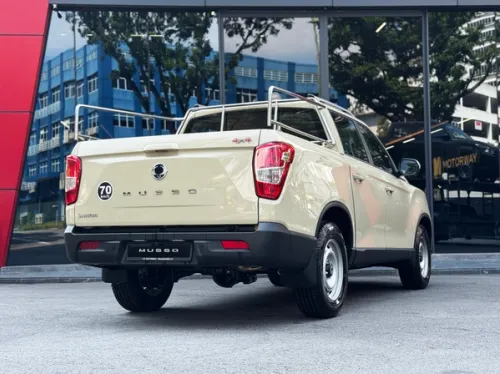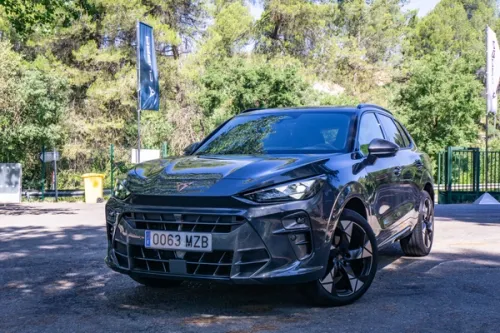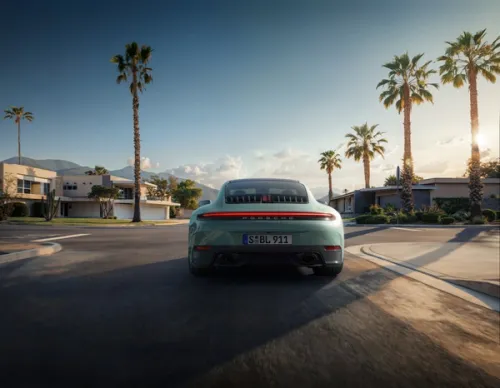7 Defensive Driving Tips for the 7th Month

It's the 7th Lunar Month, yo. During the 7th month, there's a higher chance of getting into an accident - or so say superstitious people. But if you deploy proper defensive driving techniques, your risks can be minimised all year round - as will your insurance premiums. Don't let offensive drivers dictate how you behave on the roads, stay safer with these 7 tips!
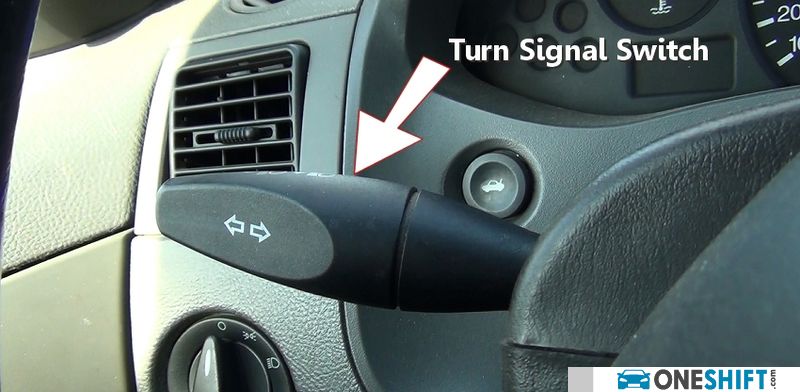
And I don’t mean just with rude gestures! Proper communication begins the moment you step into the driver’s seat. Familiarise yourself with your vehicle’s one and only traffic communications system – the turn signal indicators. As you are moving out from your lot, practice flicking the indicator to let other drivers know you’re coming out. Come on, luxury marque owners, that’s what they are there for. You bought the car - use the whole package.
Here’s another way you can use them: turn signal indicators are like Morse code that tell other drivers when you emerge from a filter lane into a main road where you'd like to go. If the other driver also follows this sagely advice, he’ll be indicating that he wants where you are right now. As you exchange places, that’s petrol saved on not trying to overtake each other. Imagine that!
Or, if someone’s trying to merge into your lane, raise your hand to let the other driver know you are letting him in. He’ll likely respond the same way by way of thanks. Try it to know how good it feels to be a decent human being!
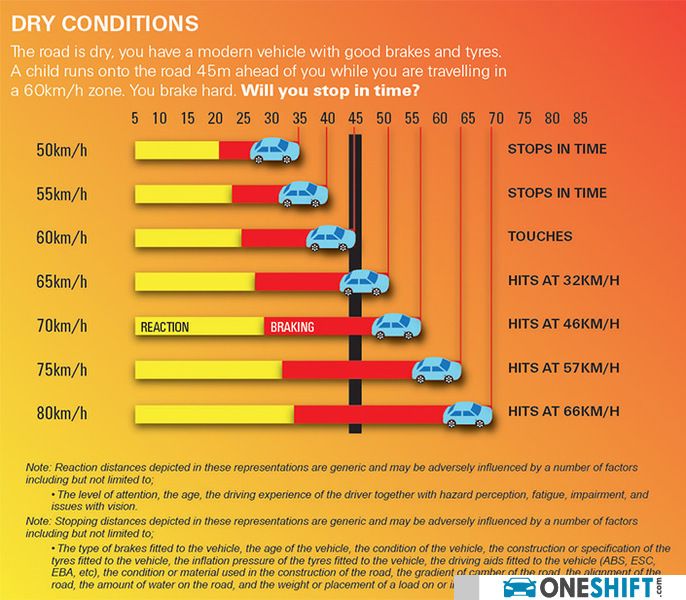
The average reaction time of a human being is about 1.5 seconds – and that’s if you are paying attention. If you are distracted or sleepy, that number increases. Hence, the 2-second rule.
So what are the 2 seconds good for? Well, assuming you are travelling at 90km/h, if something happens to the car in front of you, you’ll have about 25 meters separating the two of you. Our average lampposts are about 50 meters apart. So imagine having half of that length to react to a sudden stop – you might want to adopt a 3 or 4 second rule just to be even safer.
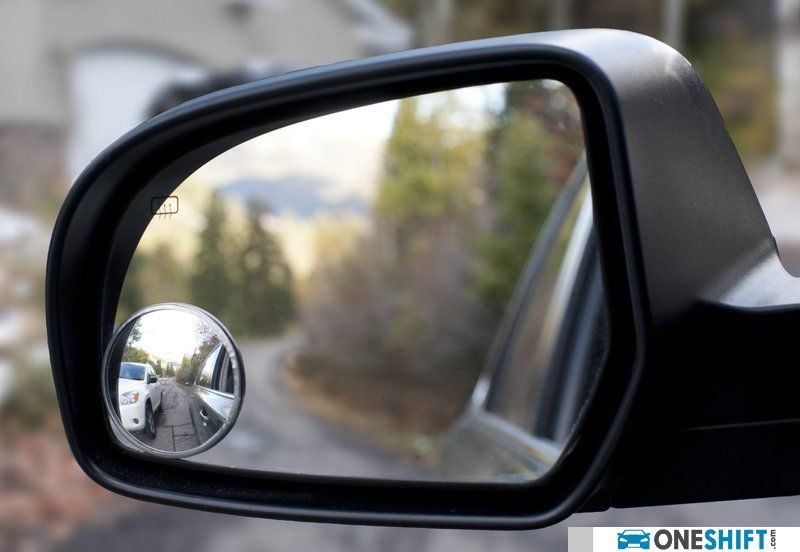
Blind spot mirrors aren’t only used for parking assistance. Did you know that they can actually used to see things in your blind spots - hence the name, 'blind spot mirror'?

Said Mulder on The X-Files - he should have been a driving instructor. Watch out for unusual driving behaviour around you – cars weaving in between and all over lane markers mean the drivers are probably on the phone. Cars that are driving slower than the rest mean drivers that are blissfully unaware of the logjam of cars behind them. Cars that get bigger in your rear view mirror are closer than they appear – get out of their way.
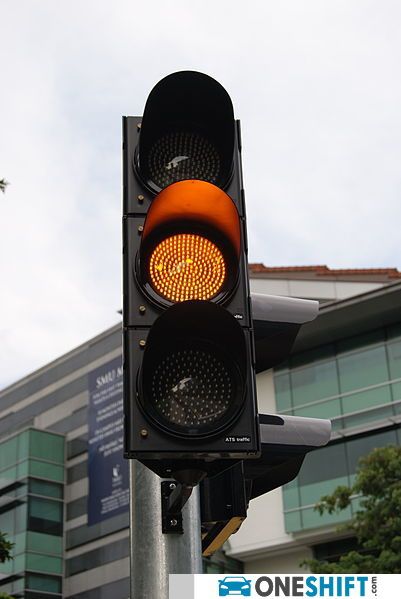
One of the most common reasons for accidents is speeding up at an amber light to try and beat the red. Or, slamming into the back of a vehicle that has decided to avoid running a red.
The right way to avoid this of course, is to slow down as you approach a traffic junction. At 70km/h, the speed limit for most roads, when you slam on the brakes, you should be able to come to a stop in the length of approximately 3 painted arrows.
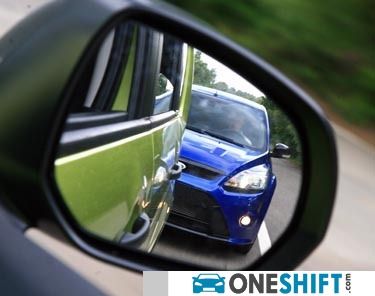
I always feel a little hot when a tailgater comes up on my rear (for some reason, they like taking others from behind). Lately, my solution has been to signal and move out of their lane. If they like it so much, let them have it.
This serves 2 purposes. First, even if you are entitled to the lane, you are exercising the rule of yielding to whoever wants the spot more. Second, doing so helps you resist the urge to tailgate that driver back once he’s in your spot. You have already won this battle when you conceded that the position up front isn’t worth having an accident over. Let him go and have the accident he’s been looking for.

Due to space taken up by the optical nerve in your retina, you have blind spots which are roughly 7.5° high and 5.5° wide. To find out where your blind spot is, close your left eye and look at the cross with your right eye. Move closer to the screen until you see the dot on the right disappear. Yup, that’s your optical nerve, right there.
As a result of these physical blind spots, some of us learnt during driving lessons that it isn’t enough to just sweep the road ahead with your eyes. You have to physically move your head as well. Moreover, the human eye, though it has an extremely wide field of view, can only detect movement in its peripheral vision. Visual details are picked up only by the central, macular vision. That means if a car or motorbike is travelling at the same speed just at the edge of your vision, you might not notice its presence.
So, moving your eyes left or right does not mean you see more. By turning your head left and right instead, you move your blind spots, and your macular vision, around so that you may pick up what has been hidden in your field of vision.
And given the time of the year, what you pick up in your field of vision might just save your life.
Credits:


Get the Best Price for your used car
from 500+ dealers in 24 hours

- Convenient and Hassle-Free
- Consumer Protection
Transparent Process
With No Obligation
